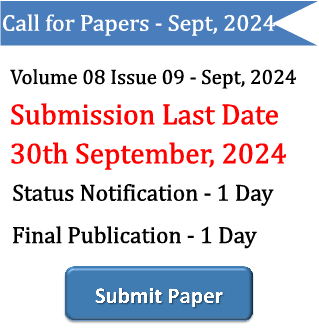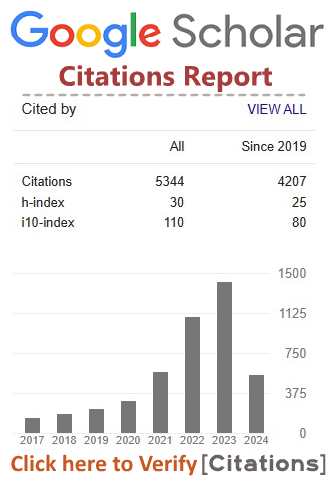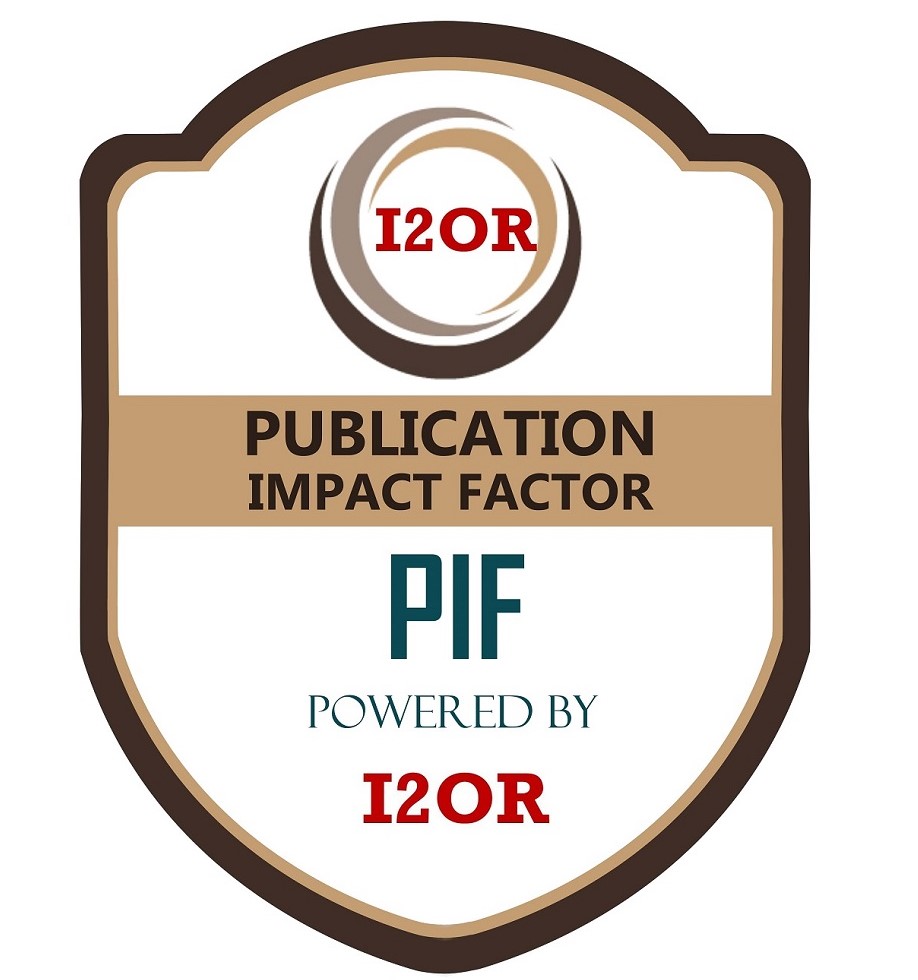- Version
- Download 103
- File Size 568.26 KB
- File Count 1
- Create Date 02/03/2023
- Last Updated 02/03/2023
Prediction of Cardiovascular Disease Using Deep Learning
Dr. D. Thamaraiselvi 1, S.Sree chandana 2, P.Sravani 3
1 Assistant Professor, Department of CSE, SCSVMV
Kanchipuram, Tamil Nadu, India.
2, 3 UG Students, Department of CSE, SCSVMV
Kanchipuram, Tamil Nadu, India
Abstract- Vascular conditions One of the most prevalent and significant diseases impacting people's health is CVD. Early diagnosis may allow for CVD mitigation or prevention, which may lower death rates. Heart disease, also known as cardiovascular disease, is one of the most serious illnesses in both India and the rest of the globe. According to estimates, cardiac illnesses account for 28.1% of fatalities. Additionally, it will account for a sizable portion of the 17.6 million deaths worldwide in 2021. Therefore, a system that can predict with exact precision and dependability is required for the appropriate and prompt diagnosis as well as the treatment of such diseases. With their powerful approaches, pe could forecast the CVD priory and find their behavioral responses in the massive volume of data. Numerous academics do extensive research utilizing various Deep learning algorithms to predict heart illness using various datasets that contain numerous factors that lead to heart attacks. Machine learning models are a potential method for identifying risk variables. We would want to provide a model that combines many approaches to obtain accurate cardiac disease prediction. Pre-processing and Data Transformation techniques are required to produce accurate data for the training model for the suggested model to be effective. We utilized the utilization of images related to cardiac illness. To allow for comparisons, the findings are presented individually. The study of the results led us to the conclusion that the RFBM and Relief feature selection techniques used in our proposed model generated the maximum accuracy. According to data from a recent poll, the death rate is rising as a result of people's increased use of cigarettes, high blood pressure, cholesterol, and obesity. The aforementioned causes are increasing the disease's severity. The need of the hour is to do researresearchances on these variables and how they affect CVD. Modern methods must be used to organize the illness in its earliest stages and help lower the death rate. The fields of artificial intelligence and data mining offer a vast array of approaches that may be used to forecast CVD priory and spot their behavioral patterns in massive amounts of data. The outcomes of these forecasts will aid physicians in decision-making and early diagnosis, lowering the likelihood that patients would suffer fatalities. The classification, data mining, machine learning, and deep learning models used to predict cardiovascular illnesses are compared and reported in this work. Classification and data mining methods for CVD, machine learning models for CVD, and deep learning models for CVD prediction make up the three sections of the survey. This study also collated and reported on the performance indicators used for reporting accuracy, the dataset utilized for prediction and classification, and the tools used for each category of these procedures.
Keywords: - Heart Disease Image Dataset, Image Pre-Processing, CNN, Mobilenet







